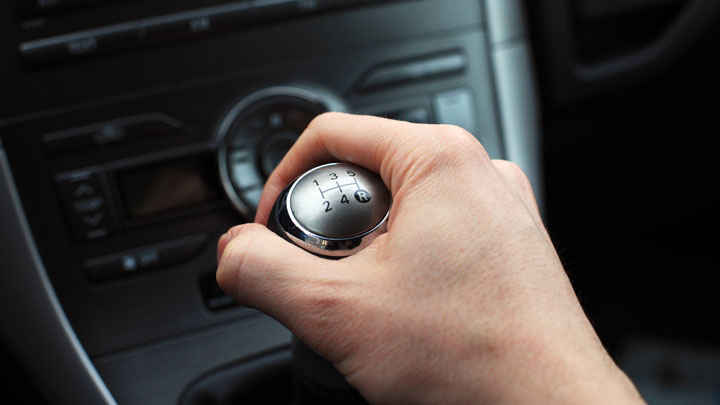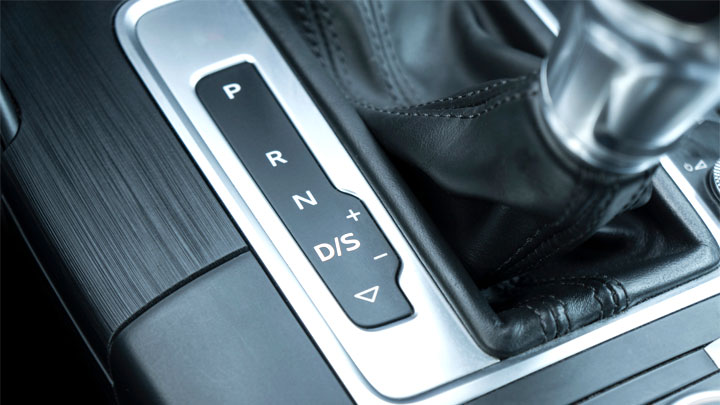Last Updated on July 6, 2022
Most new drivers learn how to drive an automatic transmission vehicle. But if you are learning to drive a vehicle with a manual transmission, this is known as driving a stick shift.
Drivers of stick shift vehicles are required to learn additional driving skills because the gears of the transmission need to be shifted manually. This is done whether you need to change speed or require maximum acceleration.
With an automatic transmission, gears get automatically selected for the driver. However, a manual transmission requires the driver to change the gears at the appropriate times. It isn’t really that hard once you get the hang of it and actually provides a more fun driving experience for many.
Top Tips for Driving a Stick Shift
If you already know how to drive an automatic vehicle, you can easily learn to drive a manual vehicle by understanding the main differences between the two.
Below are six tips which will help you easily adapt to a stick shift and learn how to operate it effectively.
#1 – Do Not Use a Cell Phone

Since automatic vehicles are so much easier to drive, this allows the driver to have one free hand available for operating their cell phone (even though it’s not recommended or even illegal in many areas).
This is not a luxury they would get in a manual transmission vehicle because one hand is always on the steering wheel while the other hand is needed to change gears. Therefore, you won’t have an available hand to operate your mobile device.
If you attempt to try, it greatly increases your chances of getting into an accident. So, do not use cell phones or any other mobile device while you are driving a vehicle with a stick shift. If you must, use Bluetooth headset which is wirelessly connected to your phone.
#2 – Left Foot on the Clutch Pedal
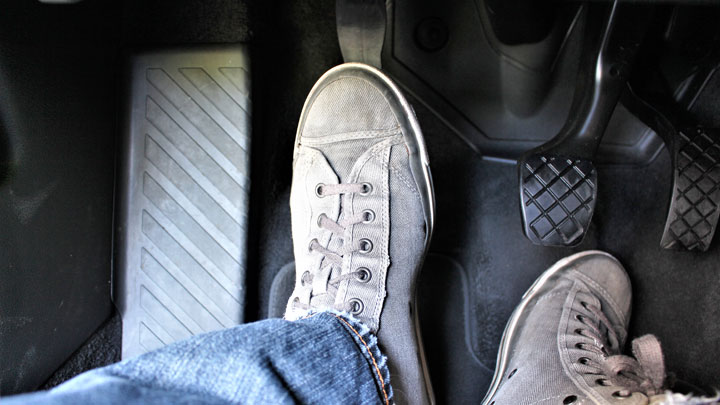
The clutch pedal is the one extra foot pedal which gets used in manual vehicles. You will not see one in automatic vehicles.
The purpose of the clutch pedal is to allow the driver to change gears. That is why the clutch pedal must be pushed in before you change gears. Use your left foot to press and depress the clutch pedal. Your right foot still gets used for the brake and gas pedals.
While it may seem natural to drive with your foot resting on the clutch pedal, try to avoid doing so. Otherwise, you’ll add unnecessary wear and tear on your clutch which will eventually lead to clutch slipping and an expensive repair.
Related: Driving an Automatic With Two Feet? (You’re Doing it Wrong)
#3 – Shutting the Engine Off
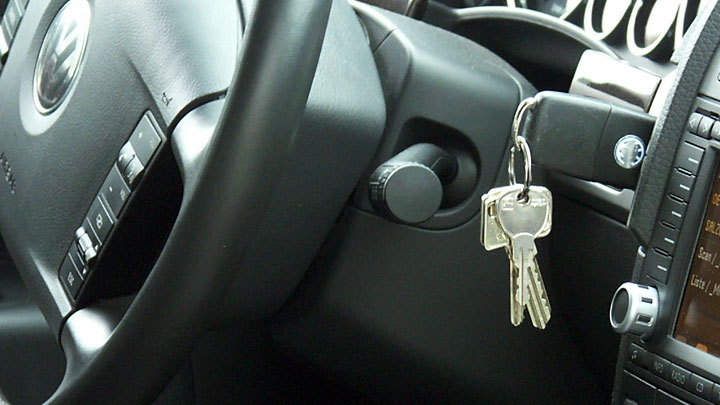
An automatic transmission vehicle just requires you to stop, set the gear to park, and then turn the key to the off position. Manual transmission vehicles are a bit more complex when it comes to turning off the vehicle.
As you come to a stop, you’ll want to shift your vehicle into neutral. Once the vehicle has completely stopped and while holding down the brake pedal, turn the ignition off.
While still holding the brake pedal, push down on the clutch pedal and put the transmission into first gear so the vehicle won’t simply roll when you let your foot off the brake pedal. Release both pedals and you should be good to go.
It’s a good habit to also set the parking brake and it’s necessary whenever you are parked on a slope.
#4 – Using Gears
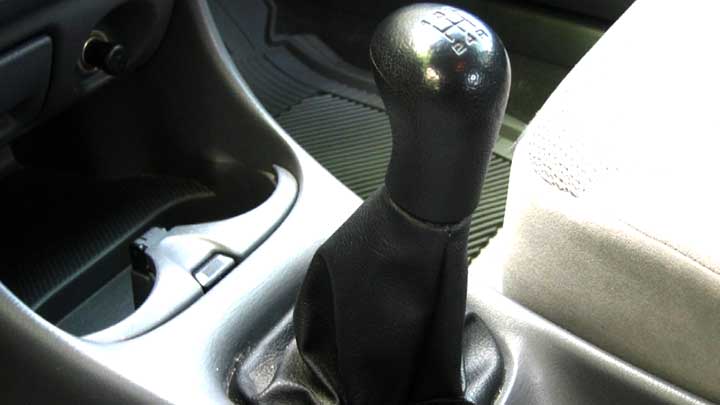
Most manual vehicles have either 5 or 6 gears although older cars may have less gears while newer cars have more. Usually the first 3 gears are used for city driving or on roads where the is a lot of stop-and-go traffic.
Gears 4 through 6 are used on faster roads, such as highways and state roads. Before changing gears, be sure to fully depress the clutch pedal until it touches the floor. It will take some time for you to get used to this, but you will catch on soon enough.
#5 – Stopping on a Steep Hill
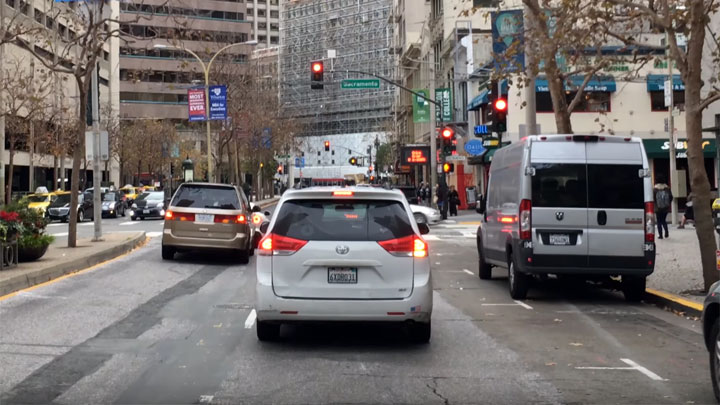
If you are driving on an inclined street or hill, there may come a point when you’ll need to stop on it. You can’t just keep your foot on the brake pedal like with an automatic car.
You need to press down both the clutch pedal and brake pedal with your feet. The gear should also be set to neutral. Some people recommend putting on the parking brake too, depending on how steep the hill is.
Now when you’re ready to proceed moving forward over the hill, go back to first gear and gradually take your left foot off the clutch. Meanwhile, you’ll want to transfer your right foot over to the gas pedal. Pull down the parking brake lever if it is still up.
Probably the trickiest part for those learning to drive a stick shift is getting moving after being stopped on an uphill slope. It takes plenty of practice to get moving without rolling backwards too much or stalling your vehicle.
It’s a good idea to practice this scenario without other cars around you if possible. If the engine stalls, don’t panic. Simply hold down the brake pedal and clutch pedal and restart the car and try again. Every manual transmission driver has failed in this scenario at some point so don’t sweat it.
#6 – Always Wear Good Shoes
As anyone who has ever stepped on a hot pavement or driven over a small pebble knows, it is not a pleasant experience. Not only is it uncomfortable, but it can also be dangerous.
Driving barefoot or in socks or flip flops leaves you without the necessary traction and control over the pedals. In addition, your feet are much more likely to slip off the pedals than if you were to be wearing shoes.
While driving barefoot is technically not illegal, it’s never a good idea for any driver, but especially dangerous if you’re just learning to drive.

